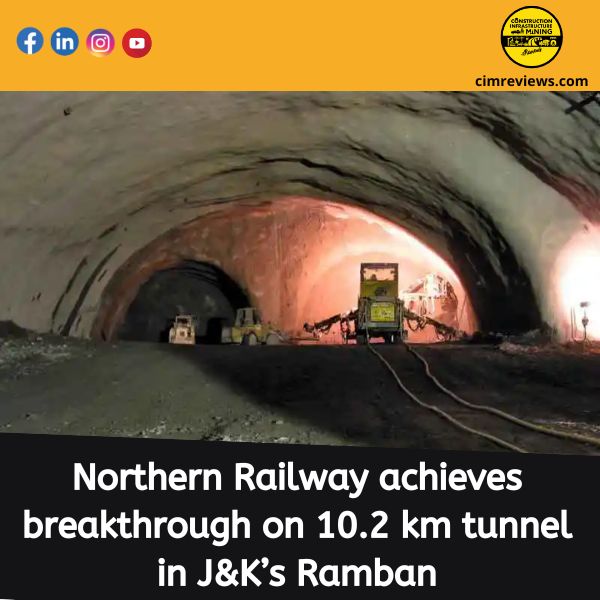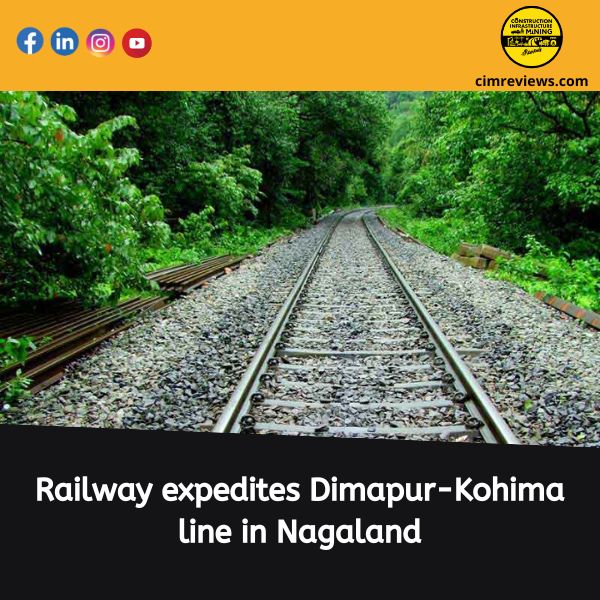The Indian Railway Board has set a freight loading target of 1,702.5 MnT for the 2025-26 financial year, a 5.2% increase from the 1,617.38 MnT achieved in FY25. The East Coast Railway (ECoR) zone has the highest target at 275 MnT, driven by coalfields, ports, and mines. Other major zones have similar targets, with.
Commodities driving rail freight including coal, steel raw materials, cement, enhance foodgrain, petroleum, and containers The Railway Board has set an ambitious freight loading target of 1,702.5 million tonnes (MT) for the financial year 2025–26, marking a 5.2% increase over the 1,617.38 MT achieved in 2024–25. This initiative aims to.
Key Highlights:
- Top Performing Zones: The East Coast Railway (ECoR) has been assigned the highest target of 275 MT, continuing its lead in freight loading. ECoR’s performance is driven by major coalfields at Talcher (MCL), key ports such as Paradeep, Dhamara, Vizag, Gangavaram, and Gopalpur, and resource hubs including the Bailadila iron ore mines Keonjhar in Odisha.
- Major Commodities: Coal, steel raw materials, and cement remain the primary contributors to the railway’s freight business revenue through increased freight movement in Chhattisgarh and moderate pace of 5% in FY26, primarily driven by robust a 5.2% increase from the steel raw materials 1,617.38 MnT achieved in FY25. The pace of 5% FY26, primarily driven robust.
- Growth Outlook: According to ICRA, the revenue of companies operating in the Indian railway sector is expected to grow at a moderate pace of 5% in FY26, primarily driven by robust growth expectations from wagon manufacturers objectives of enhancing logistics efficiency and reducing transportation costs. By setting higher targets and leveraging regional.
This strategic focus on freight expansion aligns with the government’s broader objectives of enhancing logistics efficiency and reducing costs. By setting higher targets and leveraging regional strengths, Indian Railways aims to solidify its position as a key player in the nation’s economic growth strengths, Indian.
Railways aims to The Railway Board has set an ambitious freight loading target of 1,702.5 million tonnes (MT) for the financial year 2025–26, reflecting a 5.2% increase over the 1,617.38 MT achieved in FY25 . This move aims to enhance revenue through increased freight movement Other major zones and their targets include
Zone-wise Freight Targets
The East Coast Railway (ECoR) has been assigned the highest target of 275 MT, up from 259 MT in FY25. ECoR has led all zones in freight loading for five consecutive years, largely due to coalfields in Talcher, ports such as Paradeep and Vizag, and mines in Keonjhar and Bailadila moderate pace of 5% in FY26, primarily driven by robust growth expectations from wagon manufacturers
South East Central Railway (SECR): 263 MT efficiency and reducing transportation costs total freight.
East Central Railway (ECR): 221 MT
- South Eastern Railway (SER): 218 MT
- South Central Railway (SCR): 150 MT
Zones with lower targets include
- Southern Railway (SR): 43 MT
- North Western Railway (NWR): 30 MT
- Konkan Railway (KRCL): 2.5 MT Railway
Key Commodities and Revenue Outlook
Coal continues to account for over 50% of total freight, making mineral-rich regions critical to the railway’s revenue growth. Other significant commodities include steel raw materials, cement, foodgrain, petroleum, and containers According to ICRA, the revenue of companies operating in the Indian railway sector is expected to grow at.
This strategic focus on freight expansion aligns with the government’s broader objectives of enhancing logistics efficiency and reducing transportation costs. By setting higher targets and leveraging regional strengths, Indian Railways aims to solidify its position as a key player in the nation’s economic growth.
- Group Media Publication
- Construction, Infrastructure and Mining
- General News Platforms – IHTLive.com
- Entertainment News Platforms – https://anyflix.in/










%20/23%20cimr%204.jpg)